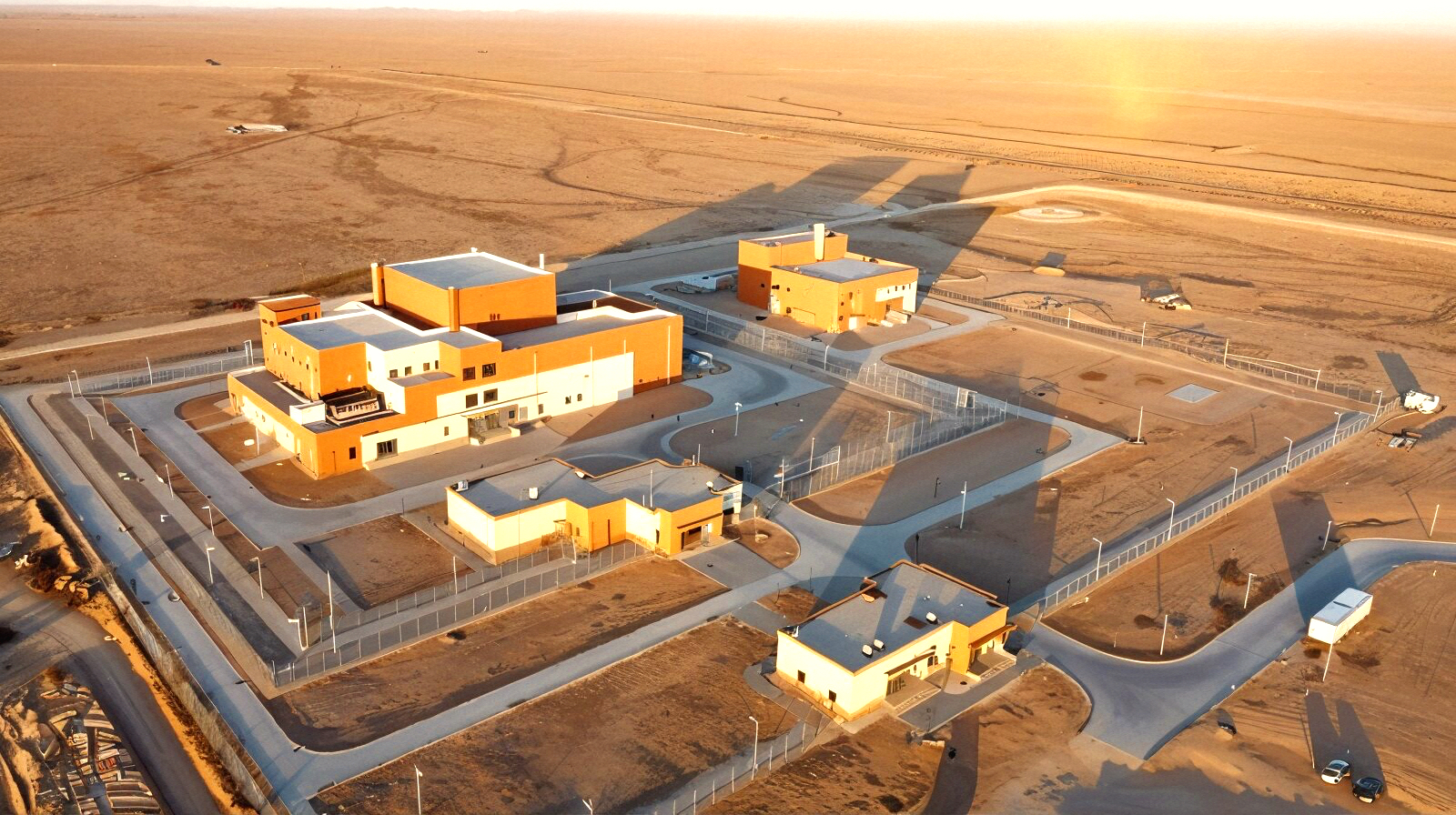Engineering interest in thorium is rising as nations search for safer, cleaner alternatives to both fossil fuels and traditional nuclear power.
Once a scientific curiosity discovered in Norway in 1828 and named after the Norse god of thunder, thorium is now gaining attention from researchers, policymakers, and reactor designers worldwide. With multiple countries testing its viability as a nuclear fuel, momentum is building around the idea that this long-neglected element could expand global energy options.
Former UN weapons inspector Hans Blix has emerged as one of thorium’s most prominent advocates. Speaking in support of ongoing tests in Norway, Blix argued that thorium offers meaningful safety advantages and minimal weapons risk—key concerns for any future nuclear system. Its history, however, is largely invisible to the public. Though used in aerospace components and valued for its radiation-shielding properties, it has rarely been developed commercially despite being three times more abundant than tin and roughly as common as lead.
Global studies suggest substantial reserves, particularly in India and Australia. The UK is also showing renewed interest, with National Nuclear Laboratory scientists involved in thorium-focused collaborations abroad. Thor Energy CEO Oystein Asphjell notes that thorium’s chemical behavior in reactors and its low production of long-lived waste could make it an appealing alternative to uranium.
China, meanwhile, is leveraging thorium in next-generation reactor designs, and researchers across Europe and North America are examining how it might function in existing reactor types. Nobel laureate Carlo Rubbia has praised thorium’s potential, calling it superior to conventional nuclear fuels and capable of improving the public perception of nuclear energy.
The challenge remains inertia: the global nuclear sector has invested billions into uranium-based systems, creating economic and institutional barriers to transitioning to a new fuel cycle. Even so, innovators are exploring unconventional uses. U.S. company Laser Power Systems has proposed thorium-powered engines capable of producing enormous energy with minimal shielding requirements—though automotive applications remain speculative.
Thorium also has critics. Some argue that banking on an unproven nuclear technology distracts from expanding renewables already showing rapid progress. Environmental physicist Dr. Nils Bohmer contends that thorium’s advantages remain theoretical and that engineering resources should instead accelerate offshore wind and other established clean technologies.
Whether thorium becomes a cornerstone of future energy systems or remains a scientific side project will depend on results from current experiments. But if it lives up to its promise, the element named for a god may finally claim a place in the world’s long-term energy strategy.








